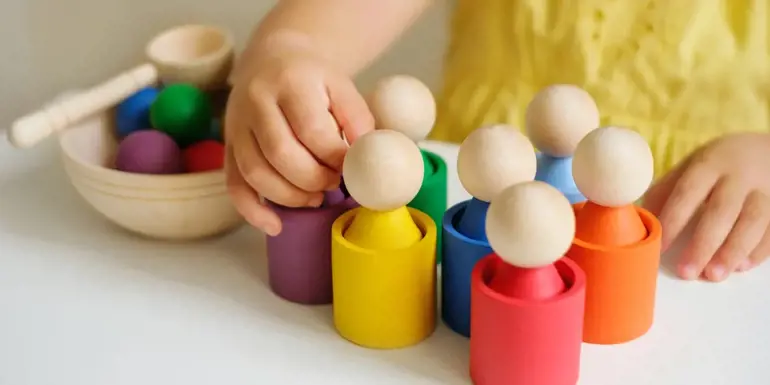Breastfeeding is chance to nourish and bond, and the good news is that just because you start your tot at child care, you don't necessarily need to stop the milk supply.
With some forward-planning and day-to-day support, it is possible to continue breastfeeding when your child is in care.
So what options do breastfeeding mums have?
How you manage breastfeeding and child care will depend on your individual circumstances. You may be working a lot or requiring child care a little, but either way, it pays to think ahead and discuss your breastfeeding needs and options with your employer and child care centre.
To work out how breastfeeding will fit in with your job, the Australian Breastfeeding Association recommends that you speak with your employer well before you go back to work, and ideally before you go on maternity leave. This is the time to discuss things like flexible hours or allocating a private room to express milk in.
Once your child goes into child care, here are four ways to continue breastfeeding:
- You can express milk at home or work: Expressing keeps up your supply and produces breast milk that can be stored at your child care service. Providers will then bottle-feed your child during the day, giving you the opportunity to breastfeed outside child care hours.
- You can alternate between breast milk and formula: If it's not practical for you to express milk, you might prefer to breastfeed your child whenever you’re together and ask care-givers to feed your baby formula when you’re apart.
- You can breastfeed at the child care service: If you work nearby or have flexible hours, there is the option of dropping in to feed your child.
- You can breastfeed at work: If your child can be brought to you, it may be possible to breastfeed them during employee breaks.
How can you help your child adjust to child care feeding?
If your child is used to cuddling up to mum for a breastfeed, there can be a period of adjustment before they happily drink expressed milk from the hands of an early childhood education and care provider
To help them get used to the idea, Raising Children Network suggests that you give the carer some expressed milk to feed your child before you go back to work (this can be by bottle or cup). And once they're in care, you could leave a piece of your clothing with the carer to help ease any separation anxiety.
It's also a good idea to start expressing a few weeks before your child goes into care, to ensure you have plenty of breast milk in reserve. Just freeze it until needed.
What are your rights when it comes to breastfeeding and child care?
Breastfeeding is a legal right under the Sex Discrimination Act 1984, and this means you're entitled to breastfeed and express anywhere, including when your child is in long day care, occasional care, family day care or in-home care.
When it comes to breastfeeding, child care providers:
- Can't refuse your child a place because they're being breastfed
- Can't ask you to stop breastfeeding when your child starts care
- Must let you breastfeed or express milk at the service
- Can't refuse to feed your child expressed milk
- Must support you to continue breastfeeding or keep feeding your child breast milk while in care
And overall, early childhood education and care providers should recognise the rights of breastfeeding mums and work with you to identify ways to feed your child breast milk while in care.
How can child care services be 'breastfeeding-friendly'?
Child care providers play an important role in providing emotional and practical support to mums, and the Australian Breastfeeding Association recommends that services:
- Make it clear to parents, from the outset, that they support breastfeeding
- Provide comfortable places for mums to breastfeed or express at the service
- Be positive about a mother leaving expressed milk for her child
- Read the ABA's 'Caregiver's Guide to the Breastfed Baby’ which includes information on storing expressed milk and supporting breastfeeding mums.
All in all, breastfeeding is an enriching time in the life of mums and youngsters. And it's a time that needn't end with the start of child care.



































